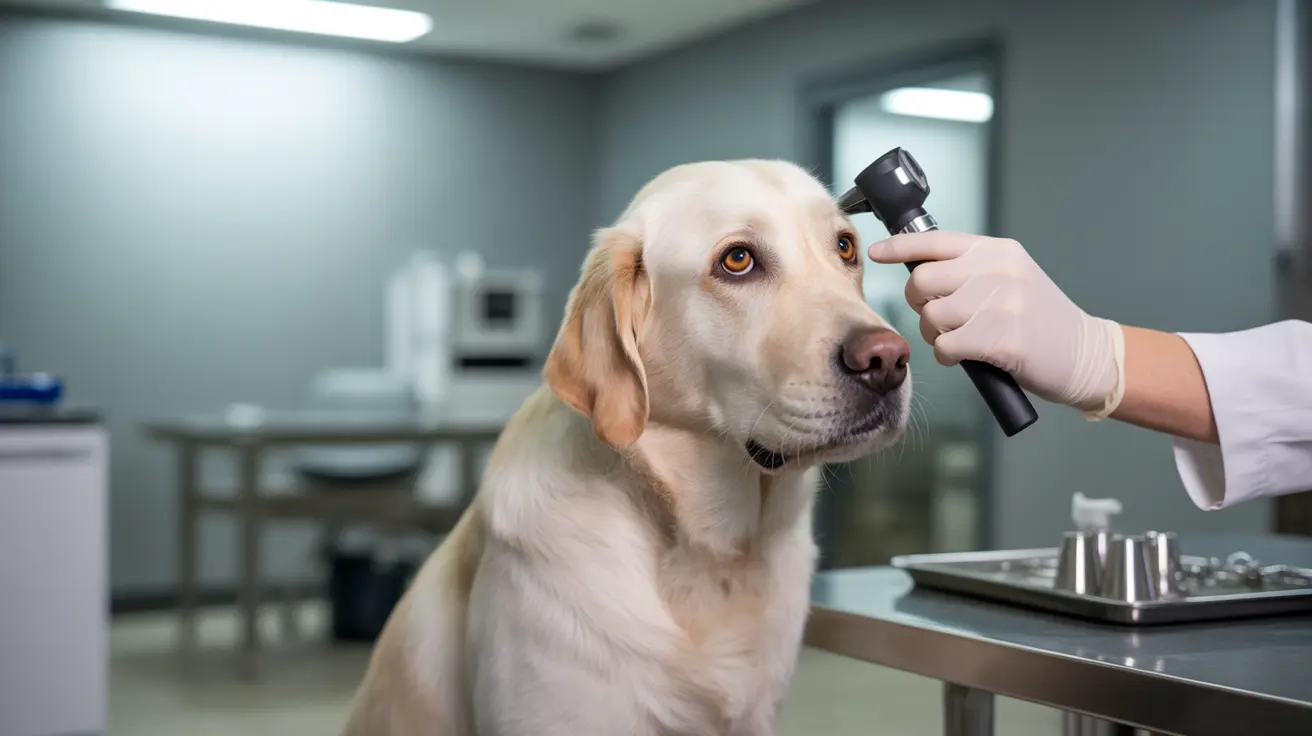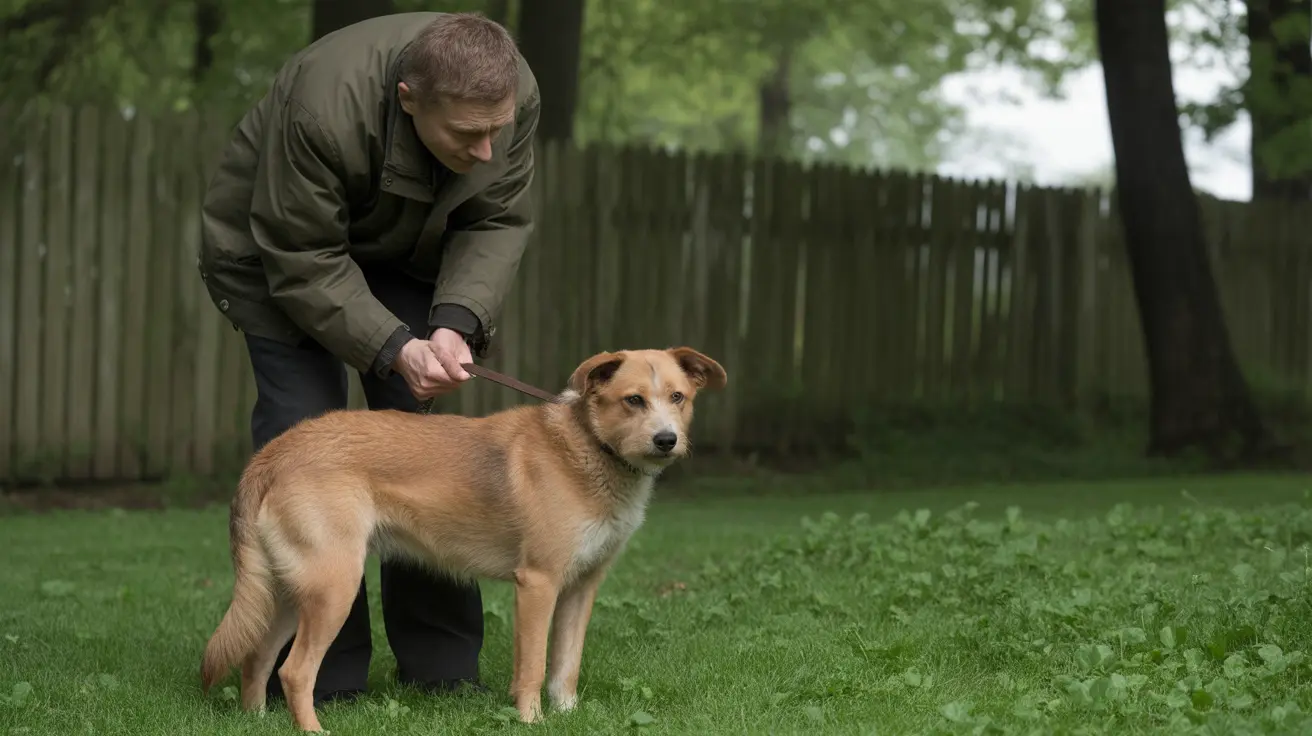Understanding the Causes of Yeast Infections in Dogs
Yeast infections—commonly called yeast dermatitis—are a frequent cause of skin problems in dogs. These infections occur when certain fungi, especially Malassezia pachydermatis, multiply excessively on your pet's skin. Normally, these yeasts coexist harmlessly with a dog's natural skin flora, but under specific conditions, they can grow out of control and cause discomfort.
Where Yeast Lives on Dogs
Yeasts thrive in areas that are warm, moist, and poorly ventilated. On a dog’s body, you’ll often find them:
- In the external ear canals
- Around the lips and muzzle
- Under the tail and within skin folds
- Paws (especially between toes)
- Armpits and groin regions
A healthy immune system and intact skin barrier keep these organisms in check. But when something disrupts this balance, yeast can flourish.
Main Causes and Risk Factors
A variety of factors can tip the scales in favor of yeast overgrowth. Some of the most common include:
- Immune suppression or deficiency: Illnesses or medications (like corticosteroids) that weaken the immune system make it easier for yeast to multiply.
- Allergies: Dogs with environmental, contact, or food allergies often have inflamed skin that’s more vulnerable to infection.
- Underlying skin conditions: Issues such as seborrhea (which causes greasy or flaky skin) provide an ideal environment for yeast.
- Trapped moisture: Frequent swimming or bathing without thorough drying leaves skin damp—perfect for yeast.
- Anatomical factors: Breeds with deep skin folds or floppy ears tend to trap heat and moisture.
- Poor hygiene: Matted hair or dirty coats create breeding grounds for infection.
- Bacterial infections & antibiotics: Repeated bacterial infections or antibiotic use can disrupt normal skin flora balance.
- Endocrine disorders: Diseases like Cushing’s or hypothyroidism alter skin health and immunity.
Certain breeds are particularly prone to yeast problems. If you have a West Highland White Terrier, Basset Hound, Cocker Spaniel, Maltese, Chihuahua, Poodle, Dachshund, Lhasa Apso, Boxer, Shih Tzu, Golden Retriever, Labrador Retriever, Schnauzer, French Bulldog or English Bulldog—or any dog with thick ear hair or floppy ears—your pet may be at higher risk.
The Role of Environment and Lifestyle
Your dog’s daily life can influence their risk for yeast infections. Wet environments (think lakeside adventures), humid climates, obesity (which creates more skin folds), ill-fitting collars or clothes that trap moisture—all these factors contribute to an environment where yeast thrives. Even something as simple as not drying your dog thoroughly after a bath can set the stage for infection.
The Domino Effect: Secondary Causes
A yeast infection rarely appears out of nowhere. Often there’s an underlying issue at play—chronic allergies leading to constant licking; hormonal imbalances affecting the skin; repeated bacterial infections weakening defenses; even poor grooming habits. Addressing just the surface symptoms won’t solve the problem if these root causes remain untreated.
The Cycle of Recurrence
If you’ve treated your dog’s yeast infection only to see it return weeks later, you’re not alone. Chronic or recurrent cases are common when underlying issues aren’t fully resolved or treatment stops too soon. Consistent management is key: keep allergies under control; maintain good hygiene; monitor chronic conditions closely; and follow your vet’s advice about ongoing care.
Prevention: What You Can Do
- Treat underlying health issues: Work with your veterinarian to manage allergies and hormonal imbalances.
- Keep vulnerable areas clean and dry: Pay special attention to ears and skin folds after baths or swimming sessions.
- Trim hair around paws/ears: This improves air circulation and reduces trapped moisture.
- Avoid obesity: A healthy weight means fewer deep folds where yeast can hide.
- Select gear carefully: Make sure collars and harnesses fit well but don’t trap sweat or water against the skin.
If you’re considering home remedies like vinegar rinses or dietary changes (such as reducing sugar/carbohydrate intake), always consult your veterinarian first. There isn’t strong evidence for anti-yeast diets in dogs—what matters most is addressing each dog’s unique needs with professional guidance.
The Bottom Line: Not Contagious but Persistent
You don’t need to worry about catching a yeast infection from your dog—these infections aren’t contagious to people or other pets. The real challenge lies in recognizing symptoms early (itching, redness, odor) and working closely with your vet for diagnosis and treatment tailored to your dog’s situation. With proper care—and by tackling those underlying triggers—you can help your furry friend stay comfortable and healthy long-term.





